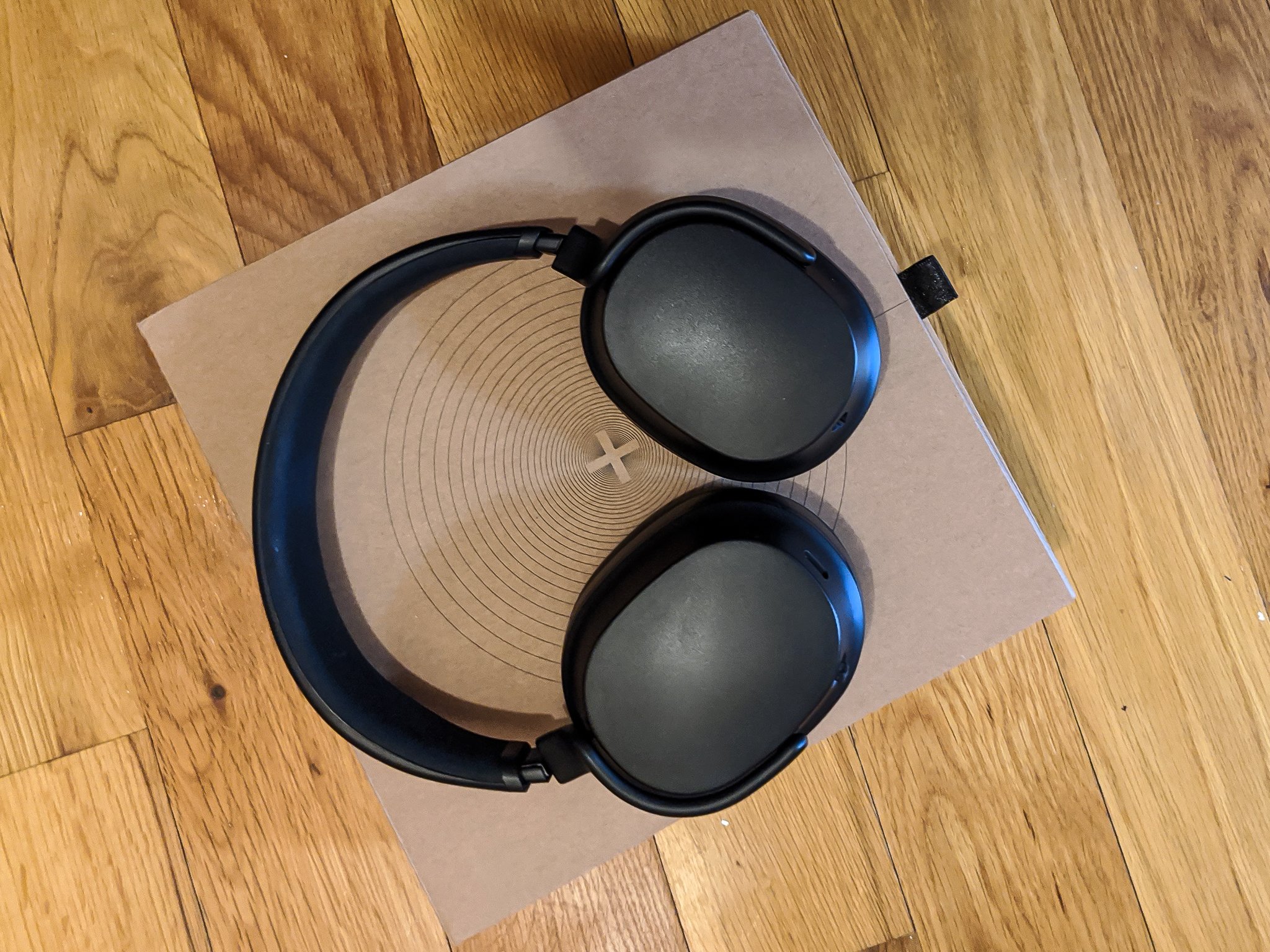 Source: Jerry Hildenbrand / Android Central
Source: Jerry Hildenbrand / Android Central
Android has supported a type of spatial audio — known as Resonance Audio — since Android 7, and you'll find plenty of 3D videos or Google Cardboard and even Daydream apps still clinging to life have baked it in. It makes quite the difference when you're watching a movie or playing a game and things sound like they're coming from where the action actually is happening.
At CES 2020, THX and ZmBIZI introduced something a bit different — an Android phone that provided spatial audio through any headphones from any source. Normally, you won't hear things in a way that feels like you're "surrounded" by sound if an app wasn't using Google's spatial audio SDK or another proprietary developer kit like Dolby, and that's still the case for most phones. But expect things to change once THX starts working with the major Android phone manufacturers.
You've experienced spatial audio even if you aren't familiar with the term. Dolby 5.1 and 7.1 surround sound systems are popular in millions of home theater setups, and most movie theaters use THX systems to provide audio that comes from all sides.
An A/V receiver and a handful of speakers provide true spatial audio.
These are physical setups where speaker placement and audio logic are used to send sounds to specific spots. Movies and shows are encoded in a way that a Dolby or THX logic board can know where to send each bit of audio and you hear things happen to your left, to your right, behind you, or any mix of the three in addition to audio right in front of you.
Spatial audio from a phone or portable music player is a bit different. It's virtual surround sound but it works very much the same. The audio source is coded so that the music has a specific spot it should come from so it feels like they are location-specific.
Google has several SDKs for applying spatial audio effects on your phone or on the web.
All of this is done by delaying some of the sounds longer than others and adjusting the volume to "fake" location and proximity. It's not quite the same as an actual 5.1 or 7.1 system, but it's great for games or movies and can make music sound like you're very close to the stage and the musicians.
Google gives developers of Android, iOS, and Web Apps the tools to encode their app for spatial audio, both the physical and virtual kind. As long as you have the right setup — either multiple speakers placed in strategic locations or headphones that support virtual surround — it works.
Tidal also supports spatial audio using Dolby logic, and if you play a song that has the Dolby logo on the cover art you get the same feeling. Spatial Music doesn't have quite the same impact as it does in a movie or game, though.
How do I get it?
The best way to experience spatial audio on an Android device is to use an app that supports it. There are several in the Play Store that make all the sounds from your phone have a spatial effect, and I can recommend Noozxoide EIZO-rewire PRO as the best I've tried.
You'll need an app that supports it to get spatial audio.
Plenty of VR apps and 360 movie viewers also have spatial audio support baked in. Deezer and Tidal both provide spatial audio through Sony's proprietary 360 Reality Audio system, with the latter also supporting spatial audio through Dolby.
The latest Galaxy S and Galaxy Note phones have a Dolby Atmos setting but it was designed to be used with the phone's speakers. Through headphones, it sounds pretty bad to most people. You may like it though — give it a try if you haven't already — it's off by default.
You also want to start with headphones that sound good for the best experience.
You'll also want a decent set of headphones (wired or Bluetooth both can work) that sound good for "regular" audio. Spatial effects can make poor audio quality worse, and even great headphones are affected a little bit. Don't buy into the hype that you need THX or Dolby licensed headphones because you really don't — you just need a pair of headphones that you already like and you're set.
Also, don't expect anything like Apple's take on spatial audio through the Airpods Pro. Apple is using a gyroscope in each earbud and special effects in iOS to do things their own way and you won't get the same effect on anything but an iPhone or iPad.
If you want to experience a movie or game and feel like you're deep inside the action, grab your headphones and use an app that provides spatial audio. You might love it, but if not, it's simple to turn off.
"Android" - Google News
August 22, 2020 at 06:30PM
https://ift.tt/3hm3jOq
What Android users need to know about spatial audio - Android Central
"Android" - Google News
https://ift.tt/336ZsND
https://ift.tt/2KSW0PQ
Bagikan Berita Ini

















0 Response to "What Android users need to know about spatial audio - Android Central"
Post a Comment